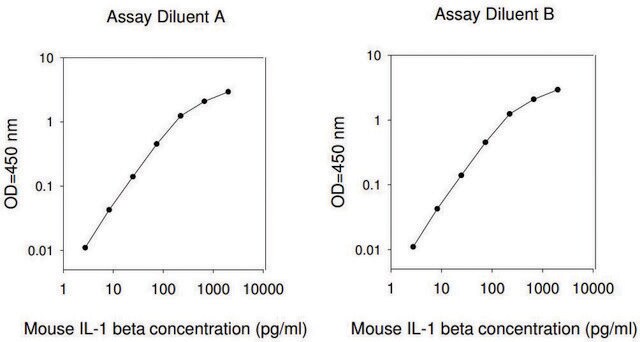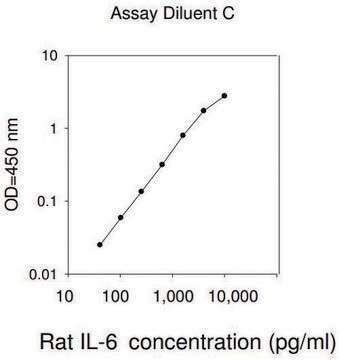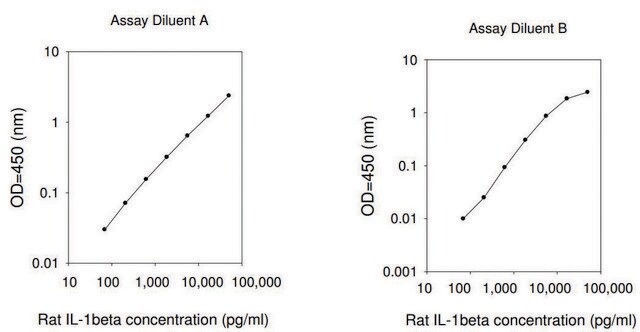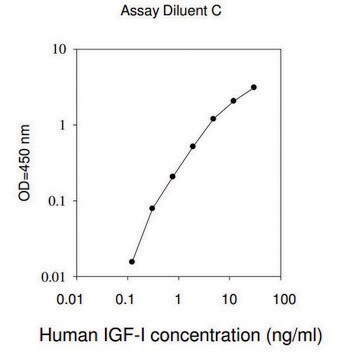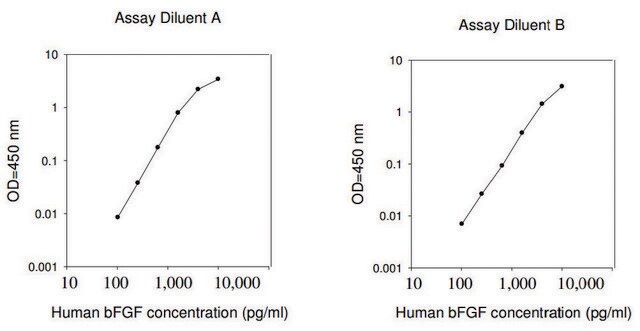RAB0904
Rat Ins1 / Insulin ELISA Kit
Synonym(s):
Insulin
Sign Into View Organizational & Contract Pricing
All Photos(1)
About This Item
UNSPSC Code:
41116158
NACRES:
NA.32
Recommended Products
species reactivity
rat
packaging
kit of 96 wells (12 strips x 8 wells)
technique(s)
ELISA: suitable
input
sample type serum
sample type cell culture supernatant(s)
sample type plasma
assay range
inter-assay cv: <12%
intra-assay cv: <10%
sensitivity: 5 μIU/mL
standard curve range: 4.69–300 μIU/mL
detection method
colorimetric
shipped in
wet ice
storage temp.
−20°C
Gene Information
rat ... Ins1(24505)
General description
The antibody pair provided in this kit recognizes Rat Insulin.
Application
For research use only. Not for use in diagnostic procedures.
Please refer to the attached General ELISA KIT Procedure (sandwich, competitive & Indirect ELISA)
Please refer to the attached General ELISA KIT Procedure (sandwich, competitive & Indirect ELISA)
Please refer to the attached General ELISA KIT Procedure (sandwich, competitive & Indirect ELISA)
Rat Ins1 / Insulin ELISA Kit has been used to measure serum insulin concentration.
Biochem/physiol Actions
Certain organisms such as mice, rat and xenopus possess two non-allelic insulin genes. These genes are Ins1 and Ins2, which are both functional. They encode insulin that is produced in a 1:2 ratio, respectively in the pancreas. The two genes are differentially expressed in mouse. The Ins1 gene maps to mouse chromosome 19 in the telomeric region. The insulin that is synthesized in the pancreas is crucial in maintaining glucose homeostasis. Loss of Ins-1 and Ins-2 expression leads to insulin deficient mice with diabetes mellitus, ketoacidosis, liver steatosis and retarded growth.
Other Notes
A sample Certificate of Analysis is available for this product.
Please type the word sample in the text box provided for lot number.
Please type the word sample in the text box provided for lot number.
Signal Word
Warning
Hazard Statements
Precautionary Statements
Hazard Classifications
Met. Corr. 1
Storage Class Code
8A - Combustible corrosive hazardous materials
Flash Point(F)
Not applicable
Flash Point(C)
Not applicable
Choose from one of the most recent versions:
Already Own This Product?
Find documentation for the products that you have recently purchased in the Document Library.
Jingjing Li et al.
Neural plasticity, 2019, 7920540-7920540 (2019-03-27)
We investigated the effects of aerobic exercise on the expression of hippocampal synaptic plasticity-associated proteins in rats with type 2 diabetes and their possible mechanisms. A type 2 diabetes rat model was established with 8 weeks of high-fat diet combined
Jingjing Li et al.
Behavioural brain research, 364, 447-456 (2017-11-09)
Diabetes could negatively affect the structures and functions of the brain, especially could cause the hippocampal dysfunction, however, the potential metabolic mechanism is unclear. The aim of this study was to investigate the changes of glucose metabolism in hippocampus of
Hongtao Tan et al.
Molecular medicine (Cambridge, Mass.), 28(1), 58-58 (2022-05-21)
Glabridin (Glab) is a bioactive component of licorice that can ameliorate diabetes, but its role in diabetic nephropathy (DN) has seldom been reported. Herein, we explored the effect and underlying mechanism of Glab on DN. The bioactive component-target network of
Gregory G Martin et al.
Lipids, 55(4), 309-327 (2020-04-22)
Ad libitum-fed diets high in fat and carbohydrate (especially fructose) induce weight gain, obesity, and nonalcoholic fatty liver disease (NAFLD) in humans and animal models. However, interpretation is complicated since ad libitum feeding of such diets induces hyperphagia and upregulates
Uddipak Rai et al.
Life sciences, 236, 116836-116836 (2019-09-08)
The present experiment was conceptualised to explore the therapeutic response of tetramethylpyrazine (TMP), a major active constituent of Ligusticum chuanxiong, a Chinese traditional medicinal plant, in high-fat diet (HFD)-streptozotocin (STZ)-induced diabetes in rats and to identify the possible mechanism of
Our team of scientists has experience in all areas of research including Life Science, Material Science, Chemical Synthesis, Chromatography, Analytical and many others.
Contact Technical Service


